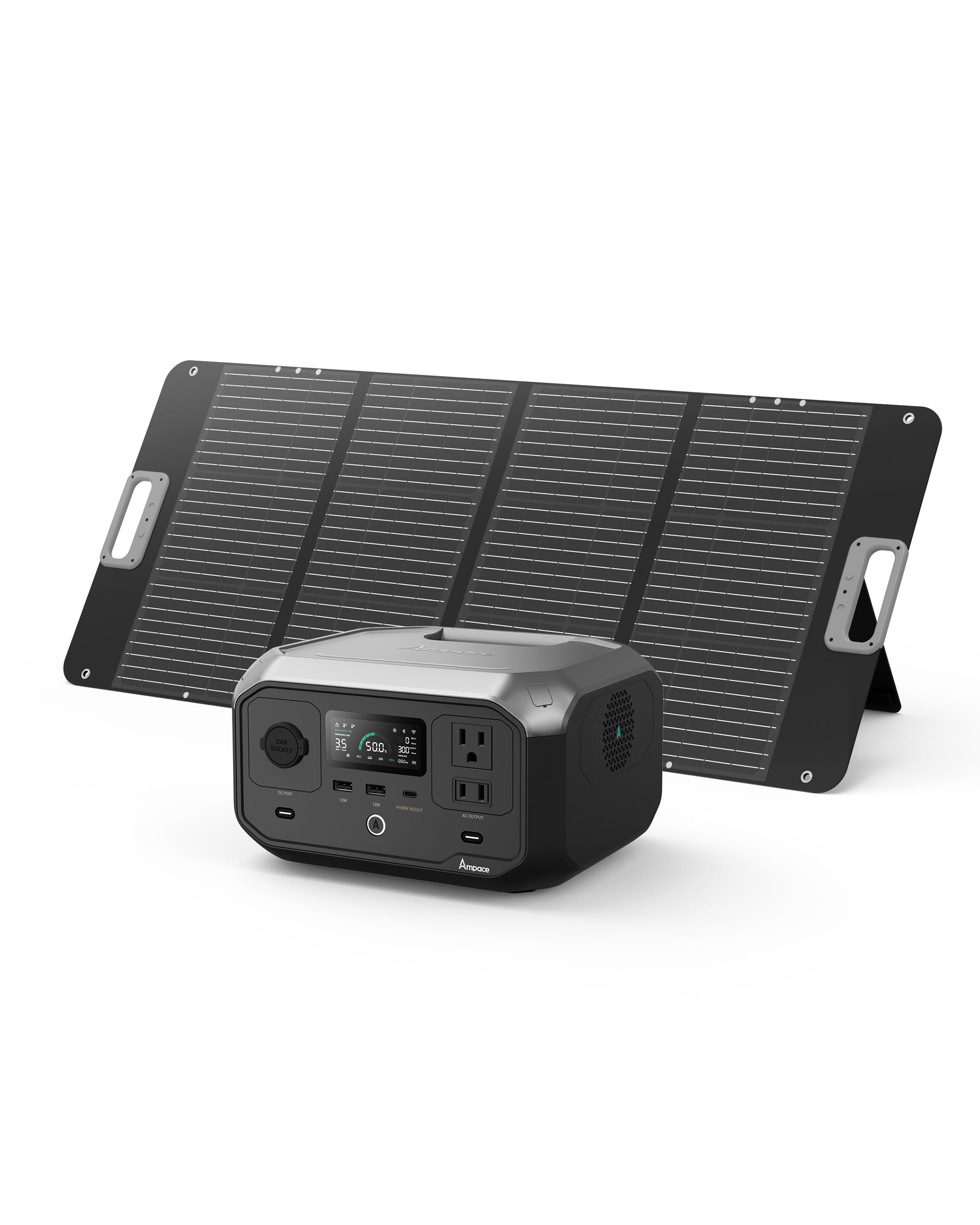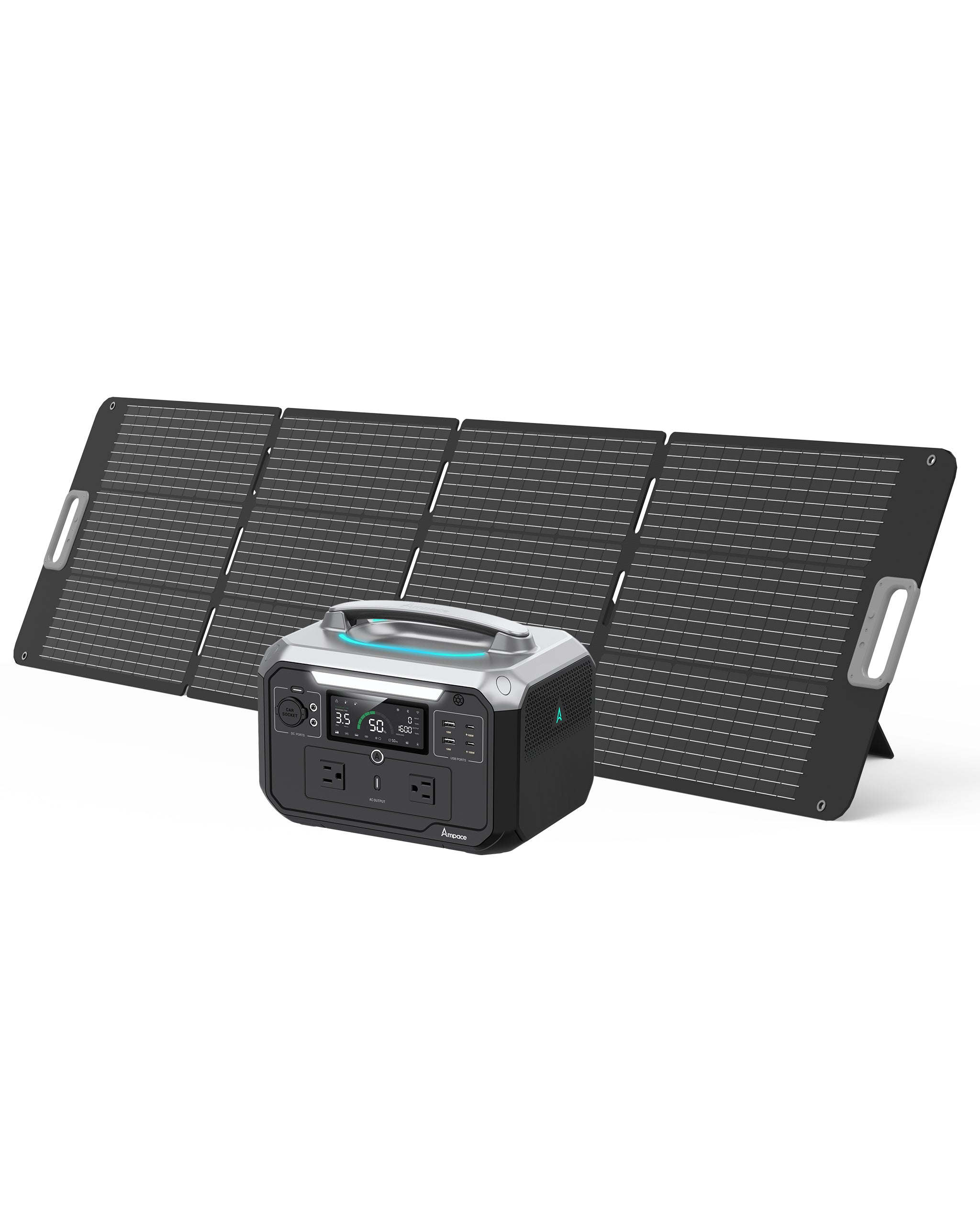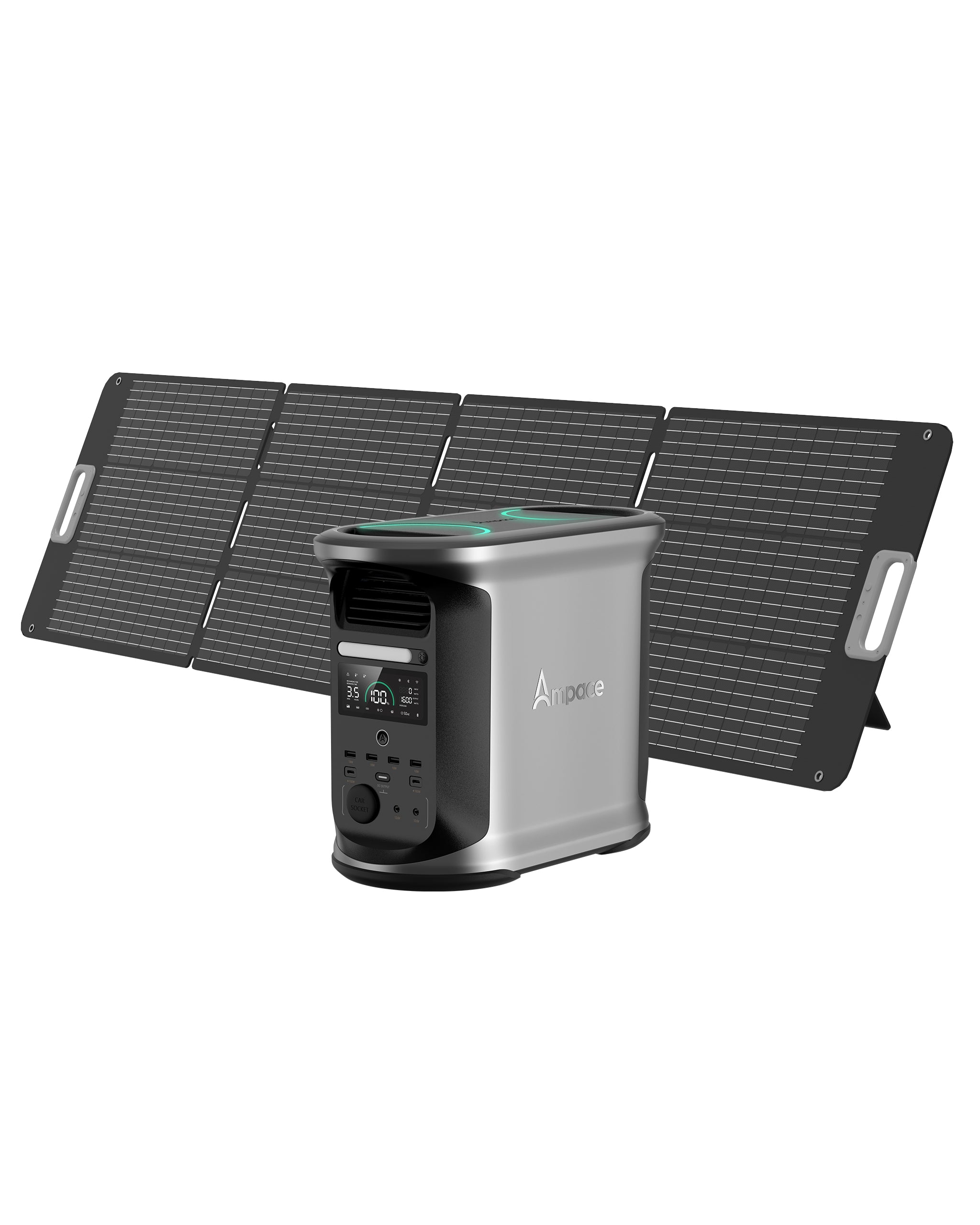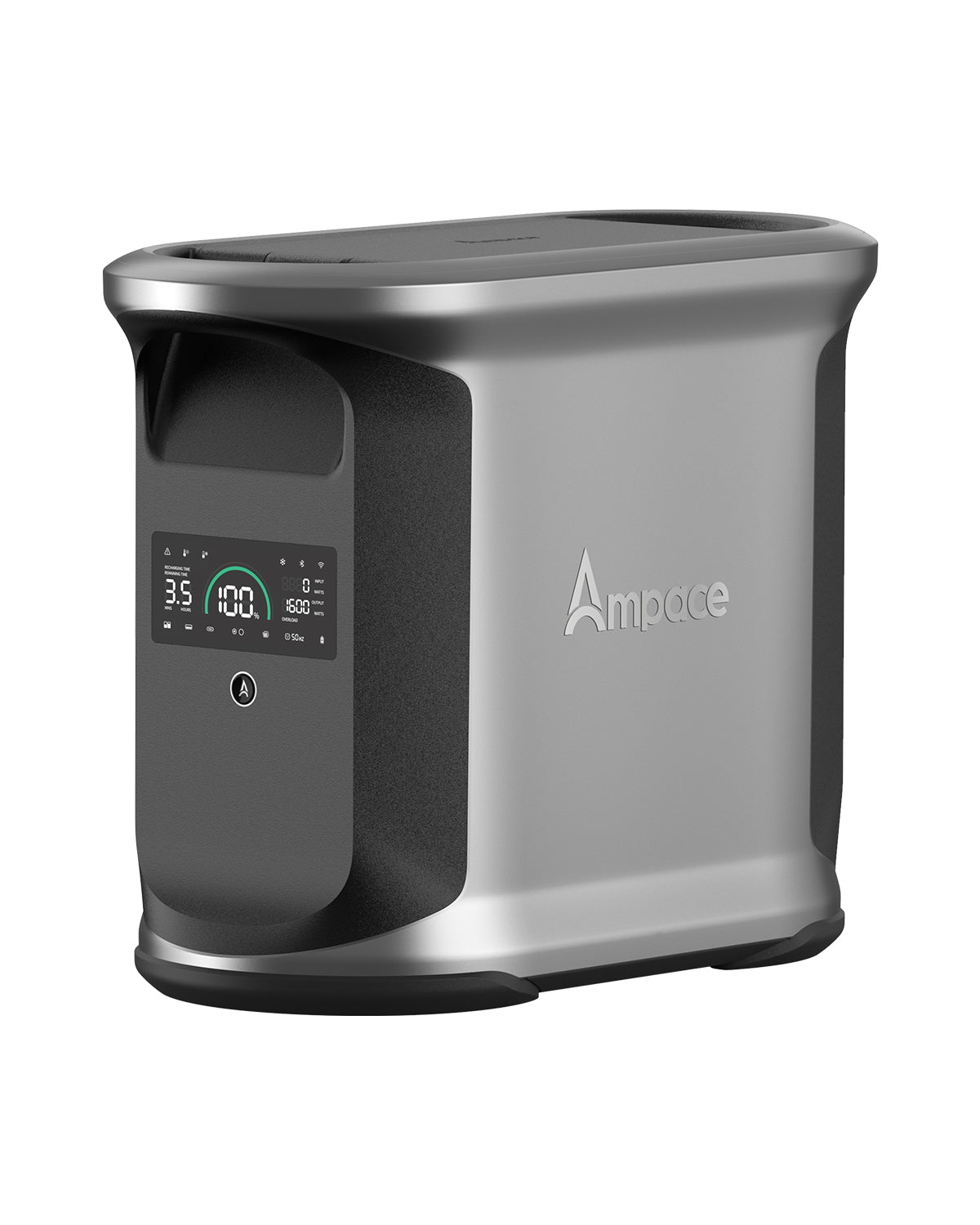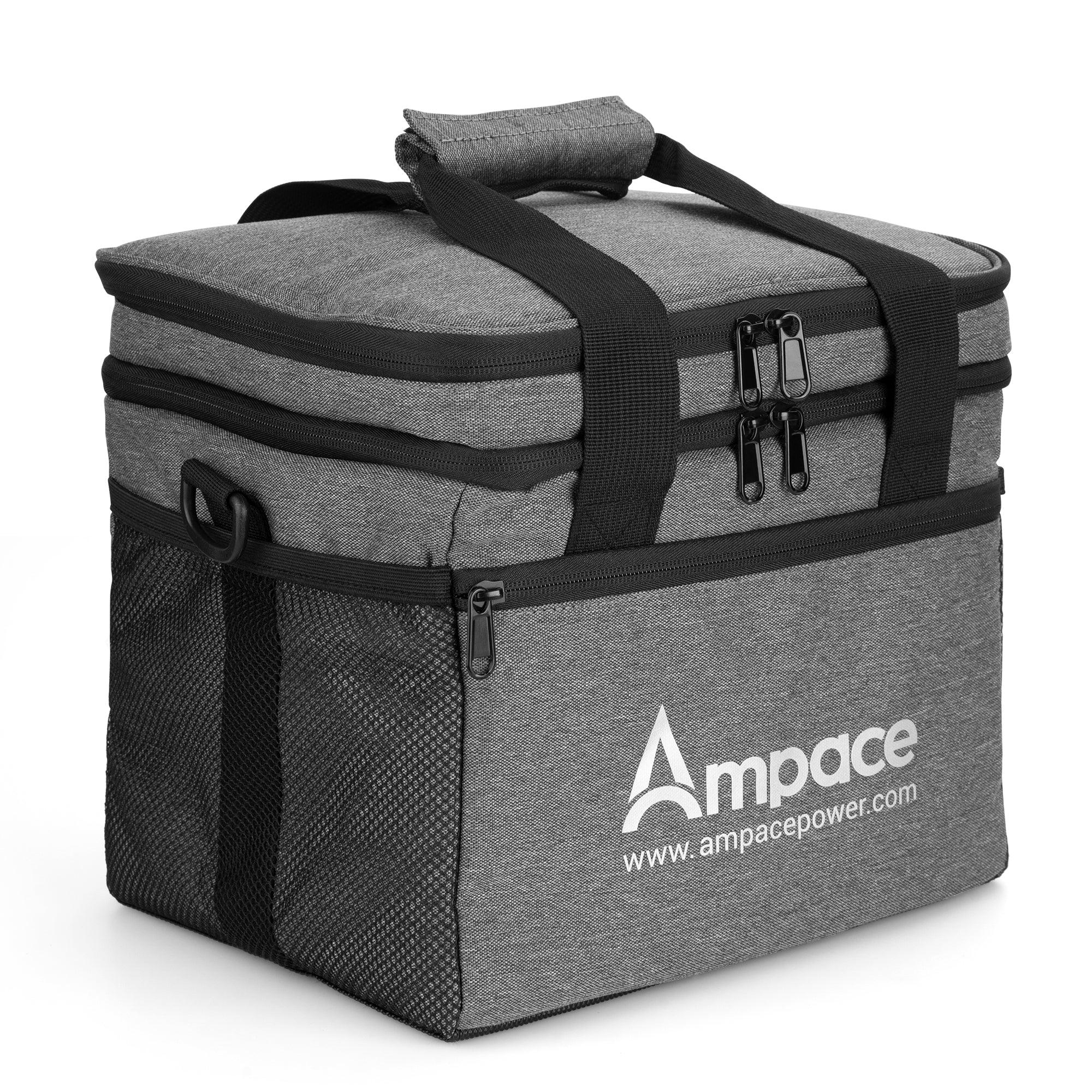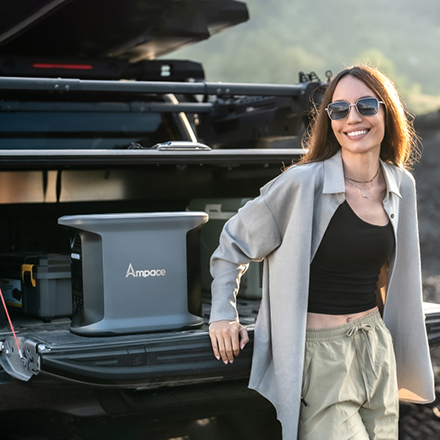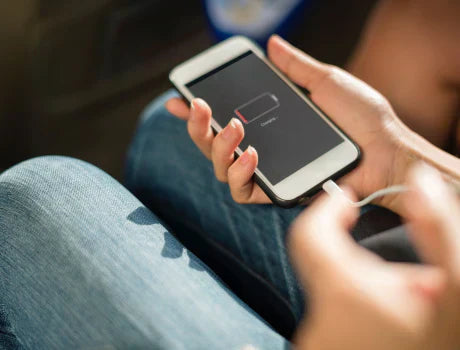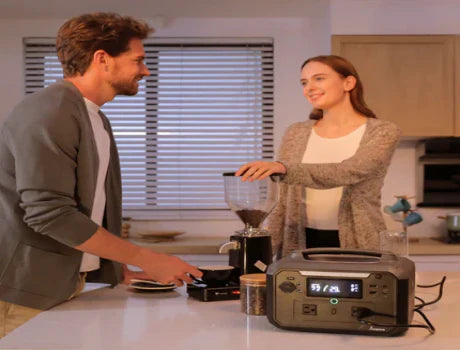The Ultimate Portable Power Station for Off-Grid Adventures: Review and Comparison
You're finally ready to cut the cord, aren't you? Leaving the noisy, frustrating grid behind. The world of camping, RV travel, and genuine off-grid power has undergone a complete transformation. Gone are the days when a weekend away meant packing a massive, sputtering gas generator. Nobody wants that headache anymore.
Today, the go-to solution is the Portable Power Station. It’s compact, incredibly quiet, and a totally reliable source of power. But the market is flooded with options. How do you actually pick the right one? You don't have time to wade through hundreds of specs. That’s why we’ve broken down exactly what matters most, helping you find the perfect Portable Battery for your next adventure.
Why You Need an Electric Generator Alternative
Let’s be honest. Conventional gas generators are a pain. You have to haul fuel, deal with the noxious fumes, and their noise can absolutely ruin the tranquility of a remote campsite. Don't even think about running one inside! It’s dangerous.
A modern Portable Power Station is a much better choice. It's essentially a giant, rugged battery housed in a protective shell, complete with an inverter that provides the same AC outlet power you get at home. They are a true Electric Generator Alternative, giving you clean, safe, and truly Quiet Generator power, whether you’re deep in the woods or just weathering a storm at home.
The key is in the word "portable." You can throw a smaller one in your backpack for a day hike or load a powerhouse model into your RV for an extended trip. It provides a source of Sustainable Power, especially when paired with a solar panel.
The Three Specs That Matter Most
Choosing a power station can feel overwhelming. You can’t just buy the cheapest one. You need to focus on three critical numbers to match the unit to your needs for Camping Power or RV Power.
1. Capacity (Watt-Hours - Wh)
Capacity is the fuel tank size. Measured in Watt-hours (Wh), this number tells you how long the power station can run your devices. A 1,000 Wh power station, for example, can run a 100W mini-fridge for about 10 hours.
For a weekend warrior who only needs to charge phones, cameras, and a laptop, a unit in the 500Wh range is probably sufficient. For serious RV Power or an extended Off-Grid Power setup running appliances, you’ll definitely want 1,000 Wh or more. You need to calculate what you will actually run. Don’t underestimate this number.
2. Output (Watts - W)
Output is the motor’s horsepower. Measured in Watts (W), this determines the maximum power that can be supplied to devices simultaneously. If a power station has a 1,800W output, you can run multiple devices that total up to 1,800W.
You need to examine your biggest draws. Can it run your coffee maker? Your hair dryer? These appliances have a high running wattage. More importantly, check the surge wattage. Appliances with motors (like fridges or pumps) need a quick, high-power surge to start up. Ensure your Portable Power Station can handle that spike, or you risk tripping the system.
3. Recharging Speed (Input Watts)
This is one of the most significant advancements in recent years. Fast Charging Technology is a game-changer. Older units could take 8 to 12 hours to recharge from a wall outlet. That's just unacceptable if you are trying to minimize downtime.
Modern, high-end power stations boast an incredibly Fast Charging Technology that can get the unit from 0% to 80% in an hour or less. This feature is priceless, especially on a road trip where you only have an hour at a coffee shop or RV park to top up. When considering a Solar Generator setup, also check the maximum solar input (in watts) that the unit can handle. Higher solar input means you can use bigger solar panels to replenish power more quickly on a bright day.
The Core Technology: Why Battery Lifespan Matters
When you’re investing in a serious Portable Power Station, you aren’t just buying a temporary gadget. You want a piece of gear that will last for years of Off-Grid Power use. The secret lies in the battery chemistry.
Most quality units today utilize Lithium Iron Phosphate (LiFePO4 or LFP) battery cells. You should insist on this chemistry. Why? LFP batteries offer a vastly superior Battery Lifespan compared to the older Lithium-ion (NMC) batteries found in cheaper units.
A typical LFP power station can sustain 3,000+ full charge cycles before its capacity drops to 80% of its original rating. That’s almost ten years of daily use! An older NMC battery might only hit 500-800 cycles. For a long-term Sustainable Power investment, you simply cannot compromise on Battery Lifespan. It’s the single most important factor for durability and long-term value.
Comparison: Portable Power Station vs. Conventional Generator
The choice is simple for most people, but let's be fair. A traditional generator still has a place, typically only for massive, industrial-level sustained power needs. But for Camping Power, RV Power, or even Emergency Power Backup at home, the power station is the clear winner.
|
Feature |
Portable Power Station (Modern) |
Conventional Gas Generator |
|
Noise Level |
Quiet Generator (Near Silent) |
Extremely Loud (70-90 dB) |
|
Emissions |
Zero (Safe to use indoors) |
Carbon Monoxide (Must be outdoors) |
|
Fuel Source |
Electricity (Wall, Car, Solar Panel) |
Gasoline, Propane, or Diesel |
|
Maintenance |
Minimal (No oil or spark plugs) |
High (Oil changes, filters, tune-ups) |
|
Startup |
Instant push-button on/off |
Manual pull-start or key ignition |
|
Best Use |
Camping, RVs, Drones, Home Backup, Portable Battery |
Construction sites, whole-home emergency power for days |
Maximizing Your Off-Grid Power Experience
Buying the unit is only the first step. To truly live Off-Grid Power, you need a solid ecosystem. Consider what accessories you’ll need.
First, invest in quality portable solar panels. Pair them with your unit to create a true Solar Generator. This gives you a continuous, Sustainable Power loop. You use energy during the day and recharge it for free at night. It doesn’t get better than that for self-sufficiency.
Second, be smart with your consumption. Avoid running high-wattage appliances when they're not necessary. Switch to energy-efficient LED lighting. You can't just waste power and expect the battery to last.
Third, look for units with excellent warranties. An extended battery Lifespan warranty is a good indicator of a manufacturer's confidence in their technology. (For more on the reliability of modern LiFePO4 batteries, check out this great article from the Clean Energy Group on their growing use in backup systems).
Conclusion:
The rise of the high-quality Portable Power Station has truly democratized off-grid living. You don't have to be a survivalist or a full-time RVer to appreciate the freedom a reliable source of power provides. No one wants to be caught without a means of communication or a way to keep food fresh.
Whether you are looking for Emergency Power Backup or just an easy way to run your gadgets on a family Camping Power trip, the answer is clear. Choose a unit with ample capacity, high output, and most importantly, the new Fast Charging Technology and long-cycle Battery Lifespan of LiFePO4 cells. You won’t regret leaving the roar and fuss of the old world behind for the silence of a Quiet Generator system. Power your life, wherever it takes you.
Frequently Asked Questions (FAQs)
Q1: Is a portable power station better than a solar generator?
The terms are often used interchangeably, which can be confusing. A Portable Power Station is the battery unit itself. A Solar Generator is simply a Portable Power Station plus a compatible solar panel. If you buy the unit and add the panels, you have a solar generator. They are both excellent Electric Generator Alternative options.
Q2: How long can I run a full-sized refrigerator on a power station?
It entirely depends on the power station’s capacity (in kWh). A typical fridge uses about 50 to 150 watts when running, but it cycles on and off. On average, a 1,000Wh unit will run an efficient mini-fridge for about 10-15 hours, and a regular fridge for 6-10 hours. For a whole day of Emergency Power Backup, you’d need a larger unit, probably 2,000 Wh or more, and definitely a connection to solar panels.
Q3: Are these portable power stations safe to use inside my tent or RV?
Yes, absolutely! This is one of the biggest advantages. Since a Portable Power Station runs purely on a battery—a Portable Battery—it emits zero carbon monoxide and no harmful fumes. They are completely safe for indoor use, tents, cabins, or within your RV. Traditional gas generators should not be used indoors due to the risk of carbon monoxide poisoning.
Q4: What is “Pass-Through Charging,” and do I need it for off-grid power?
Pass-through charging means the Portable Power Station can charge its internal battery while simultaneously delivering power to your devices. You definitely need this for Off-Grid Power or RV Power. For example, you can have your solar panel recharge the unit while you use the unit to run your laptop and lights. It's a key feature for continuous, uninterrupted power flow.





